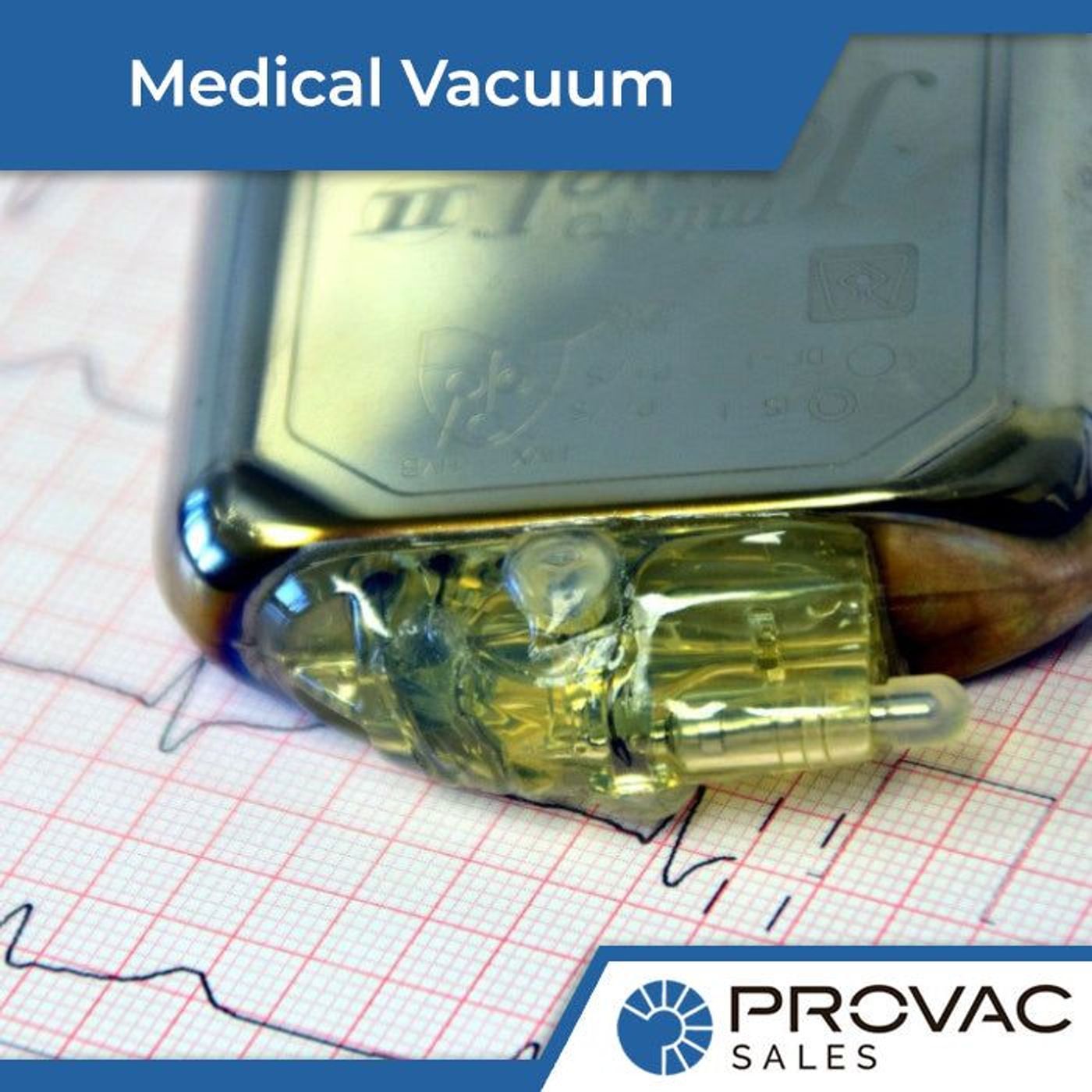Many treatments, including CT scans and proton therapy, utilize vacuum pumps. The goal is to ensure that the integrity and safety of medical equipment, like pharmaceuticals and pacemakers, are maintained. That's why companies provide CCIT (Container Closure Integrity Testing) so leaks can be detected.
When producing products for the pharmaceutical and medical industry, it's necessary to meet stringent requirements for documentation and quality. In many cases, this level of caution can be lifesaving. By providing solutions that can produce and preserve medication, sterilize medical equipment, and provide cutting-edge treatments, such as the particle therapy being used on cancer patients.
Container Closure Integrity Testing
It's crucial for medications to have the appropriate packaging. If drugs are sensitive to oxygen or moisture, they need a barrier that will protect the product for the duration of its shelf life. Medication must be protected against contamination as well. If not, it could have a devastating impact. These risks are taken into account during CCIT, and the environment has stringent regulations. Regulating authorities include the FDA in the US and the EMA in Europe. However, it should be noted that, in many cases, official regulations do not provide detailed instruction for CCIT. What is specified is the procedures and methods that should be used. Within the pharmaceutical industry, the US government body that regulates guidelines and standards is Pharmacopeia. Pharmacopeia has addressed this issue and released new guidelines in 2016, the USP <1207>. These guidelines are focused on critical and sterile products used in the pharmaceutical, such as syringes and vials.
3D Printing
Traditionally, 3D printing has involved plastic being printed out one layer at a time. As technology has advanced, however, 3D printing applications have increased. It is now possible to use a wide range of materials for printing, including metal. This type of printing can be done via SLM (laser), FDM (fused deposition modeling), NPJ (nanoparticle jetting), BJ (binder jetting), WAAM (wire and arc), and EBM (electron beam melting). For EBM, it's necessary to use a vacuum pump. EBM is a manufacturing method that allows you to print with many types of metals, such as copper, titanium, chrome alloy, cobalt, and steel. In the medical and aerospace industry, it is used to produce many essential parts. Some of the parts that can be 3D printed include hip prosthesis and turbine plates.
Freeze Drying
This process, which is sometimes referred to as lyophilization, is a gentle method of drying that can be used for more sensitive products. It's often used in the biotechnology and pharmaceutical industries. Substances that may be freeze-dried include bacteria, antibiotics, and vaccines that are sensitive to temperature. The drying is done in syringes or vials, making storage simple. If necessary, they can be dissolved in a matter of seconds. It's particularly important to ensure that the process is sterile when parenteral products are being dried. That's why certain manufacturers offer ways to monitor the drying process and cleaning solutions for vacuum pumps.





